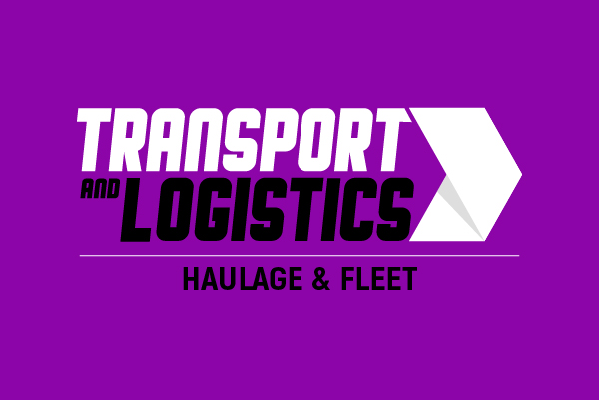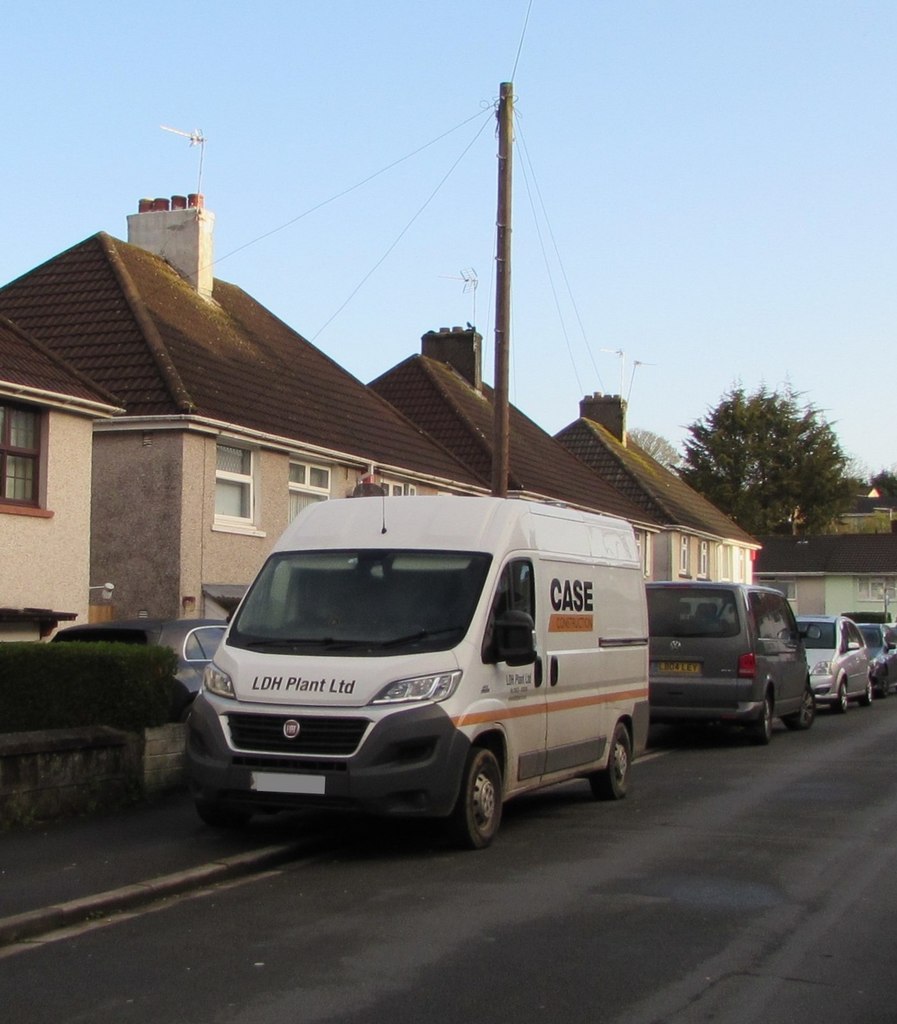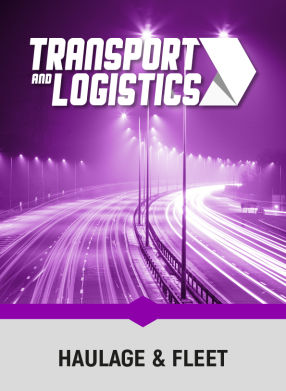As drivers begin to take to their vans again they’ve been warned of some of the differences between driving cars and vans which they may have forgotten.
Experts from LeaseVan.co.uk are hoping that reminding drivers about the difference in speed limit and safety mirrors might stop van drivers from being fined or given points whilst out on the road.
The top speed of vans should be 10mph less than cars when travelling on single or dual carriageways and motorways otherwise penalty points or fines could be handed out.
Ensuring drivers are used to the width and turning circles of the vehicle will also help ensure any potential accidents are avoided.
A spokesperson from LeaseVan.co.uk said: “It’s very easy when you’re used to driving a car to just jump into a van and think that everything is the same. However, this isn’t the case. The rules of the road are slightly different when in a van due to safety measures and the way the vehicle is built. Make sure you brush up on you van driving knowledge before you take to the road to help avoid any expensive fines or points.”
These are LeaseVan.co.uk ’s reminders for van drivers:
1. Speed limit
The speed limit is the same for both cars and vans when driving around residential areas. However, when vans get to single or dual carriageways and motorways, their speed limit is 10 miles per hour lower than that of cars. For single carriageways vans should be travelling at no faster than 50mph, and no faster than 60mph when on dual carriageways or motorways.
2. Rear view mirror
Vans aren’t fitted with a rear-view window or mirror, making it even more important to check wingmirrors when undertaking manoeuvres such as reversing. Wing mirrors are often fitted with two mirrors, one with the same function as a cars wing mirror and another to act as a rear-view mirror.
3. Bridge and barriers
Vans are often wider than cars, meaning that more care needs to be taken when it comes to signs stating the width of a barrier or tunnel, or the maximum load a bridge can take. The dimensions of your van should be easy to find in the vehicle’s manual.
4. Turning circle
Vans have a much larger turning circle than that of cars, so make sure you leave more space when attempting manoeuvres such as a three-point turns. Even turning a corner could need you to take a longer line. If you’re getting used to your van, take it to a quiet area such as a big supermarket car park at night to get used to the van.
5. Loading
If you plan on carrying lots of tools in the back of your van, or transporting big heavy objects, ensure it’s loaded correctly. Vans are at higher risk of becoming destabilised than cars, so ensure that heavier items are at the bottom of the vehicle. They should also be tied down so that if there is any movement internal damage won’t occur.












